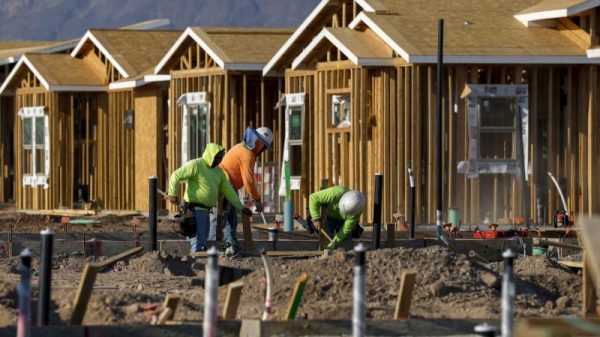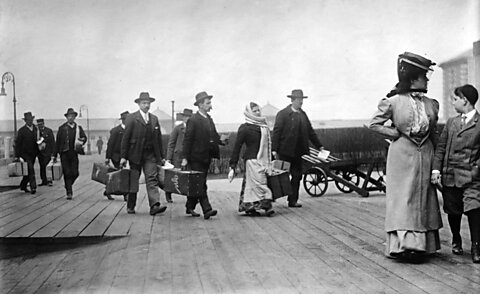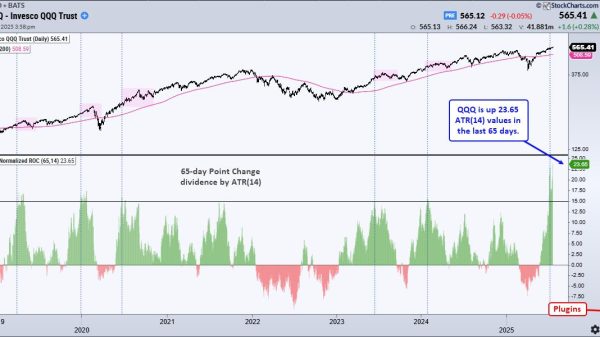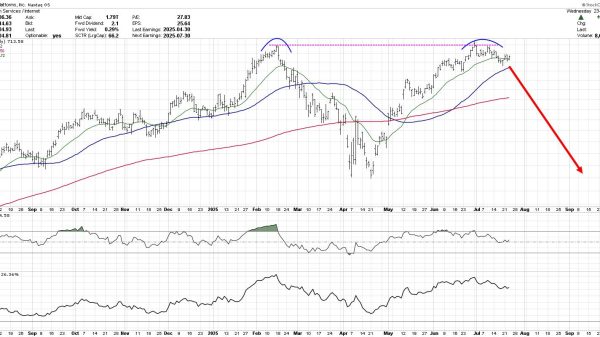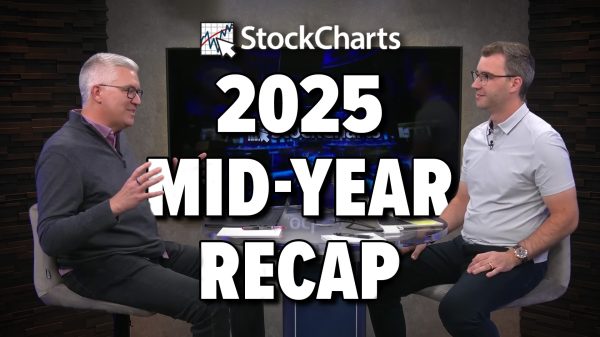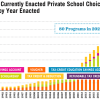The Cato Institute published my new briefing paper today showing that just 3 percent of immigrants will receive green cards in 2024. This paper also shows that during the late 19th and early 20th centuries, 98.1 percent of legal immigrants were approved. Starting in the 1920s, Congress capped the number of immigrants and later strictly limited the types of immigrants who could apply, leading to a massive buildup in requests.
I dug through thousands of pages of previously little‐noticed archival records at the State Department and immigration services to document these changes over the past century. The roughly 35 million requests include people at all stages of any green card process, including people already in the United States. You can see the difference between this year and 1996 below.
This paper is being published on the 100th anniversary of the notorious Immigration Act of 1924, which imposed caps on legal immigration for the first time. This law reversed the previous presumption that was in favor of admission. Current law now assumes every immigrant is ineligible unless proven otherwise, and of course, the caps make overcoming the presumption even more difficult. The effect of this law is visible in the figure below.
This paper explores how this historic level of requests reached this point, breaking down the backlogs by type (lottery, family, employment, asylum, etc.), and it builds on my work from last year, which documents how the current green card rules make it impossible for nearly everyone who wants to immigrate to do so legally. We took the flow chart in that paper and turned it into theGreenCardGame.com, a platform that allows anyone to see if they can obtain a green card through the current process.
The United States is growing more slowly than at any point in its history—if immigrants enter through a legal and orderly process, the US can handle a much larger immigrant population. America’s labor force is already only growing because of immigrants, but they have not come close to making up for the dramatic decline in US worker population growth. Policymakers should see this backlog as an untapped resource to increase economic growth, but the longer they wait, the more broken the system becomes.
You can read the whole paper here.


